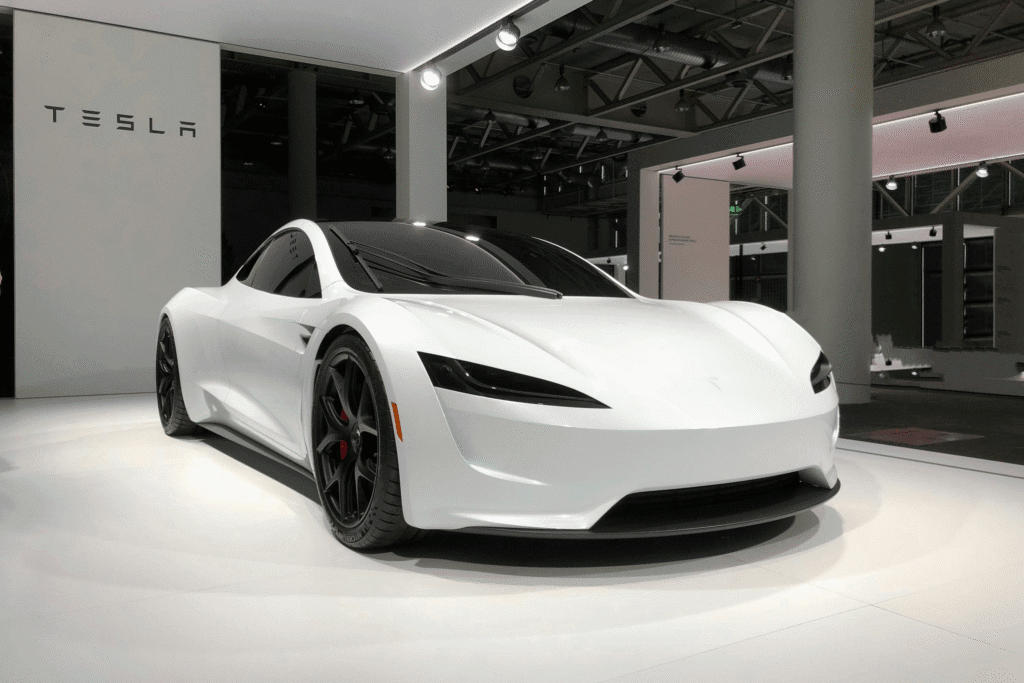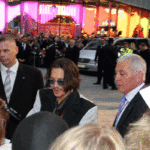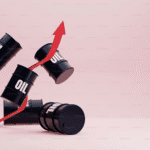Tesla, the electric car company led by Elon Musk, has finally taken a small step toward its long-promised robotaxi service. Starting Sunday, a small number of self-driving Tesla cars will begin offering limited rides to selected passengers in Austin, Texas. This marks the first time Tesla is testing its autonomous taxi service with real customers, though with strict safety measures in place.
The service will use about a dozen Model Y SUVs equipped with Tesla’s self-driving technology. However, these cars won’t be completely driverless just yet—a Tesla employee will sit in the front passenger seat as a safety monitor, while the driver’s seat remains empty. The cars will operate only in certain parts of Austin, avoiding bad weather, complex intersections, and passengers under 18 years old. Elon Musk has said he is willing to delay the launch if any safety concerns arise.
Tesla fans are excited about this development. Omar Qazi, a well-known Tesla supporter on social media with over 600,000 followers, shared his excitement online, saying, “Wow. We are going to ride in driverless Teslas in just a few days. On public roads.” Qazi is among the few invited to try the service early.

This robotaxi service is a big deal for Tesla because Elon Musk has been talking about self-driving cars for years, saying they were always just a step away. Tesla’s high stock market value is partly based on the belief that the company can successfully launch fully autonomous vehicles and robotaxis in the future. If this test goes well, it could be the beginning of a major shift in how people use cars, moving toward a future where taxis drive themselves without human help.
However, not everyone is happy with Tesla’s plans. Just a day before the launch, protesters gathered outside a Tesla service center in Austin, criticizing the company and Elon Musk. Some people worry about the safety of self-driving cars, especially after past incidents involving Tesla’s Autopilot system. Critics argue that the technology is not yet ready for public roads and that rushing it could be dangerous.
Tesla’s approach is different from other companies working on self-driving cars. Many competitors, like Waymo (owned by Alphabet) and Cruise (backed by General Motors), have been testing autonomous vehicles for years, some even offering public rides in cities like San Francisco and Phoenix. But Tesla has taken a slower path, relying on its existing fleet of customer-owned cars to gather data and improve its self-driving software.
One big question is whether Tesla can overcome the technical and legal challenges of running a robotaxi service. Fully autonomous driving is extremely difficult—cars must handle unpredictable traffic, pedestrians, construction zones, and bad weather. Regulators are also watching closely, as any accidents involving self-driving cars could lead to stricter rules or delays in expansion.
For now, Tesla’s robotaxi service is just a small experiment. But if successful, it could grow into something much bigger. Elon Musk has previously said that robotaxis could one day make car ownership unnecessary for many people. Instead of buying a car, riders could simply summon a self-driving Tesla whenever they need a ride, paying for each trip like a regular taxi but without a human driver.
This vision depends on Tesla’s ability to improve its Full Self-Driving (FSD) software, which is still in development. While the company has made progress, the system is not yet perfect and sometimes requires human intervention. The Austin test will help Tesla gather real-world feedback and make further improvements.
The success of robotaxis could also change the auto industry. If self-driving taxis become common, fewer people might buy personal cars, which could hurt traditional automakers. On the other hand, companies that master autonomous technology early could dominate the future of transportation.
Tesla’s move into robotaxis comes at a time when the company is facing other challenges, including slowing electric vehicle sales and increasing competition. By focusing on self-driving technology, Tesla hopes to stay ahead of rivals and prove that its cars are more than just electric—they’re the future of mobility.
For now, all eyes are on Austin, where the first passengers will soon experience a glimpse of that future. If the test goes smoothly, Tesla may expand the service to more cities, bringing us closer to a world where driverless cars are a normal part of everyday life. But if problems arise, the company may have to go back to the drawing board, delaying Elon Musk’s dream of a fully autonomous future.
Either way, this small start in Texas is a big moment for Tesla and the future of transportation. The world will be watching to see if self-driving taxis can really work—and whether Tesla can lead the way.


